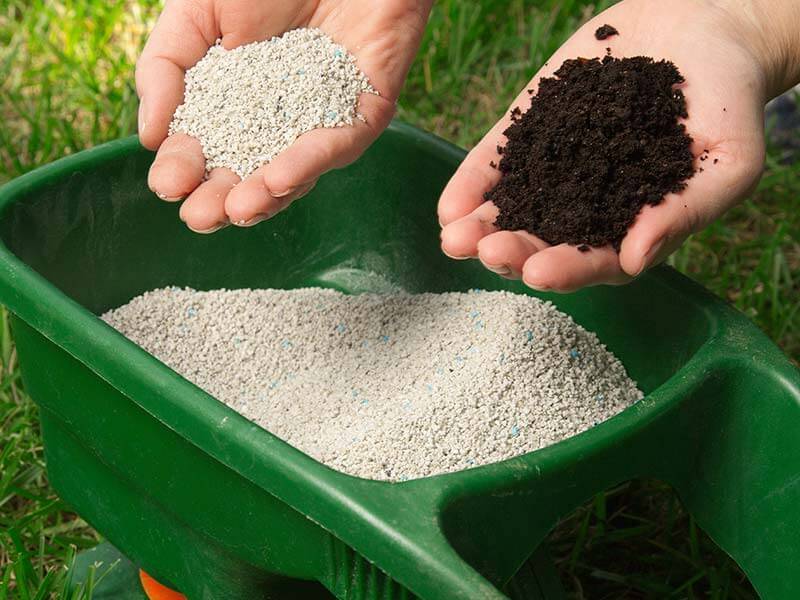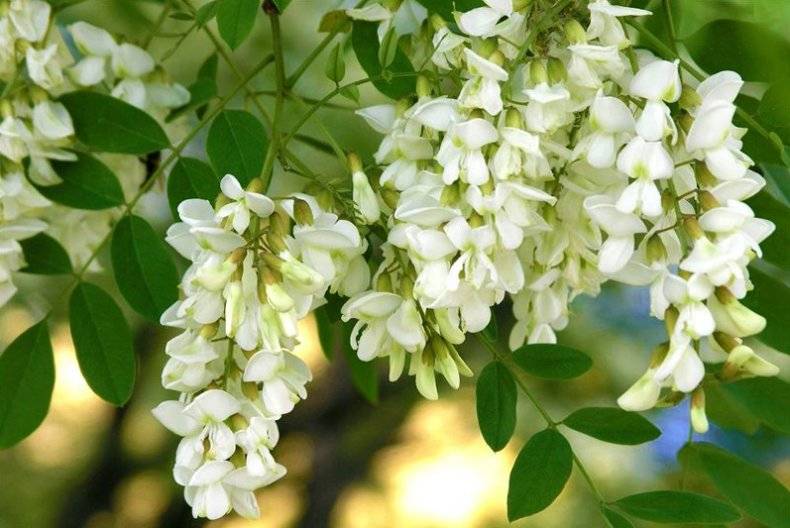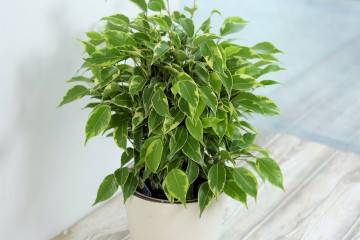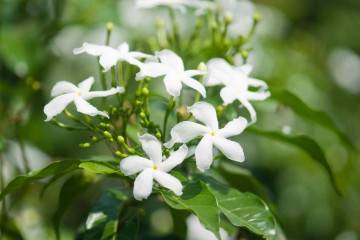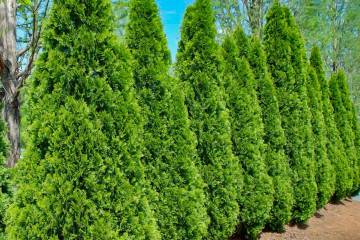Acacia shrub - description of yellow and white acacia
Content:
The plant is popular all over the world. It is used in medicine, designers use it to decorate the garden and home. Acacia (Latin name Acacia) attracts attention with the beauty and aroma of its inflorescences.
The origin and appearance of the plant
The acacia shrub is a genus of flowering plants in the legume family. Grows in Asia, Mexico, Africa, Australia. Can be found in greenhouses in Europe. Evergreen trees and bushes can reach a height of up to 25 m, and a trunk diameter of 1.2 m. They may have thorns. Young plantings are distinguished by green and smooth bark, but over time it becomes brown or gray. The rhizome is strong and branched horizontally along the topsoil.
Plant flower descriptions
There are single, numerous and small flowers on the bush. The calyx is serrated and bell-shaped, but sometimes it is absent. 3 petals per flower, spliced or loose. The popular color of the plant is orange, yellow, white and, less often, pink.
Types and varieties
There are many types of acacia. Let's consider the most popular ones.
Yellow acacia or caragana
This is a small bush or tree. Yellow acacia (shrub) is found along the banks of rivers and lakes. The plant is capable of reaching 7 m in height, although it usually grows up to 2-4 m. Thin shoots, paired and oval leaves. In autumn, the foliage changes color from green to yellow.
The shrub is characterized by a relatively low growth from 2 to 4 and up to 2.5 m in width. Gray-green trunk, branchy and thin shoots. In the period May-June, small yellow flowers with a unique aroma appear. Green space tolerates any soil well, but a sunny, sandy area is the best option. Karagana is resistant to frost, winds and storms.
The shrub needs to be pruned from the second year of life, when it fades. Fertilize it from March to August twice a week. The plant tolerates excessive moisture worse than drought.
The plant is used to decorate gardens, parks and other cultural objects. The bush helps to strengthen the embankment slopes, protect the soil from weeds. The vine is ideal for weaving baskets. With the help of shrubs, designers create beautiful compositions, a hedge looks especially exquisite.
White acacia, or robinia false acacia
It is a fast growing tree with light green leaves and milky white flowers. Dark brown seed pods appear by September. White acacia blooms from May to June. Acacia is a frost-resistant white shrub, melliferous. Up to 15 kg of fresh honey can be harvested from one tree.
Planting acacia trees
Before planting, it is necessary to prepare the seedling, put a support, find the best place and fertilizers. It is also worth considering nearby growing plants.
Choosing a place
A spacious, sunny place is selected for landing. Due to the spreading acacia crown, the distance between trees should be at least 2.5 m.Low-lying areas where cold air masses stagnate and the proximity of groundwater are not suitable are not suitable. No fruit trees are planted nearby, because the roots of the fragrant beauty will oppress other plantings.
Step by step process
It is recommended to plant a tree in early spring, when the soil is already warmed up. Planting an open-rhizome shrub requires pruning branches and long roots. The process is step by step:
- Dig a hole in accordance with the size of the root system of the acacia.
- Gravel is placed at the bottom with a layer of 20 cm as drainage.
- The dug soil is fertilized with nitroammophos, 80 g of the product is enough for one tree.
- A stake is placed in the center of the pit for support, a seedling is placed and the rhizome is straightened.
- The bole is covered with prepared earth, lightly tamped and moistened from above.
- Acacia is tied to a support.
From above, it is advisable to cover the soil with a layer of peat 6-8 cm thick.
Reproduction
Acacia is a beautiful tree with a pleasant aroma. There are two ways to reproduce it - by seeds and cuttings.
Propagation by cuttings
The second half of May is ideal for digging out the lateral roots, which are carefully separated from the root processes. A cutting is placed in a nutritious and loose soil under a slope so that the cut is on top and is at ground level. The incision site is sprinkled with activated carbon.
Care
Young trees need regular moisture, while mature shrubs require water only in drought. Shrub acacia takes enough moisture from the incoming precipitation. Water at room temperature is used for irrigation, the planting is watered in the morning or in the evening. After watering, a little loosening of the soil is necessary.
Top dressing
For the first three years, the plant does not require fertilization. Older trees are fed with special preparations during the flowering period and in the middle of summer. For one plant, 100 g of fertilizer is enough, which is scattered near the root and sprinkled with earth. At the end of summer, you can use 30 g of potassium sulfate or a glass of wood ash per acacia.
Features of care during flowering
The plant needs regular watering, constant sunlight. There is no need for additional spraying of the tree. The flowering period of acacia is the best time to apply fertilizers with a high content of potassium and phosphorus.
Features of spring care
Water stagnation should not be allowed, and it is also not recommended to loosen the soil. Around the acacia trees can be weeded to remove weeds. The land should not be drained because the bush plant will enrich it with nitrogen on its own.
Preparing the plant for winter
Acacia is frost-resistant, it is able to withstand temperatures below -25 degrees, but for the first three years the shrub must be covered for the winter. In the autumn season, when all the leaves have fallen off and it gets colder outside, you can start preparing for frost. Peat or fallen leaves are poured onto the root area, the tree is wrapped in burlap and fixed until spring.
Novice gardeners are still confused: acacia is a tree or still a shrub. It all depends on the variety and type. The planting is in demand due to its beautiful flowers, unique fragrance and precious red wood. When buying a plant, you should ask the seller for a complete description of the acacia shrub and the rules for caring for it.


